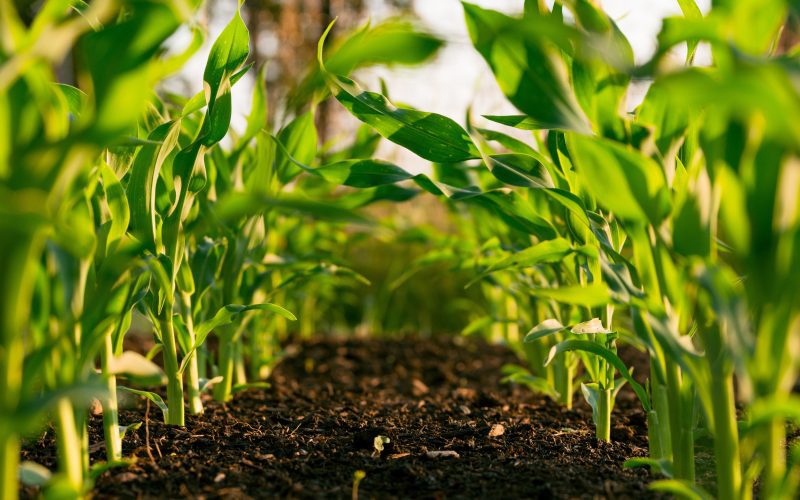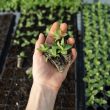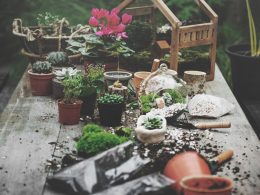Gardening is a rewarding and fulfilling hobby that can provide you with fresh produce, beautiful flowers, and a sense of accomplishment. However, starting a garden can be intimidating, especially if you’re new to gardening. In this article, we’ll guide you through the process of starting your garden from seed to sprout, so you can enjoy a bountiful harvest.
Choosing the Right Location
The first step in starting your garden is choosing the right location. You’ll want to select an area that receives at least six hours of sunlight per day and has well-draining soil. If you’re planting vegetables, you’ll also want to choose a location that’s close to a water source.
Preparing the Soil
Once you’ve chosen your location, it’s time to prepare the soil. Start by removing any weeds or debris from the area. Then, use a garden fork or tiller to loosen the soil to a depth of at least six inches. If your soil is heavy clay or sandy, you may need to amend it with compost or other organic matter to improve its texture and fertility.
Choosing Your Seeds
Now that your soil is prepared, it’s time to choose your seeds. Consider what you want to grow and what will thrive in your climate and soil type. You can purchase seeds from a local nursery or online. Be sure to read the seed packets carefully to determine the best planting time and spacing for your chosen plants.
Planting Your Seeds
Once you have your seeds, it’s time to plant them. Follow the instructions on the seed packet for planting depth and spacing. You can plant seeds directly in the ground or start them indoors and transplant them later. If you’re starting seeds indoors, you’ll need to provide them with adequate light and water until they’re ready to be transplanted.
Caring for Your Garden
After you’ve planted your seeds, it’s important to care for your garden properly. Water your plants regularly, but be careful not to overwater them. You can also fertilize your plants with a balanced fertilizer to promote healthy growth. Be sure to monitor your garden for pests and diseases and take action if necessary.
Harvesting Your Garden
As your plants grow, you’ll start to see the fruits of your labor. Harvest your vegetables and herbs when they’re ripe, and deadhead your flowers to encourage more blooms. You can also save seeds from your plants to use in future gardens.
Conclusion
Starting a garden can be a fun and rewarding experience. By choosing the right location, preparing the soil, selecting the right seeds, and caring for your garden properly, you can enjoy a bountiful harvest. Remember to be patient and enjoy the process, and you’ll be rewarded with fresh produce and beautiful flowers.












